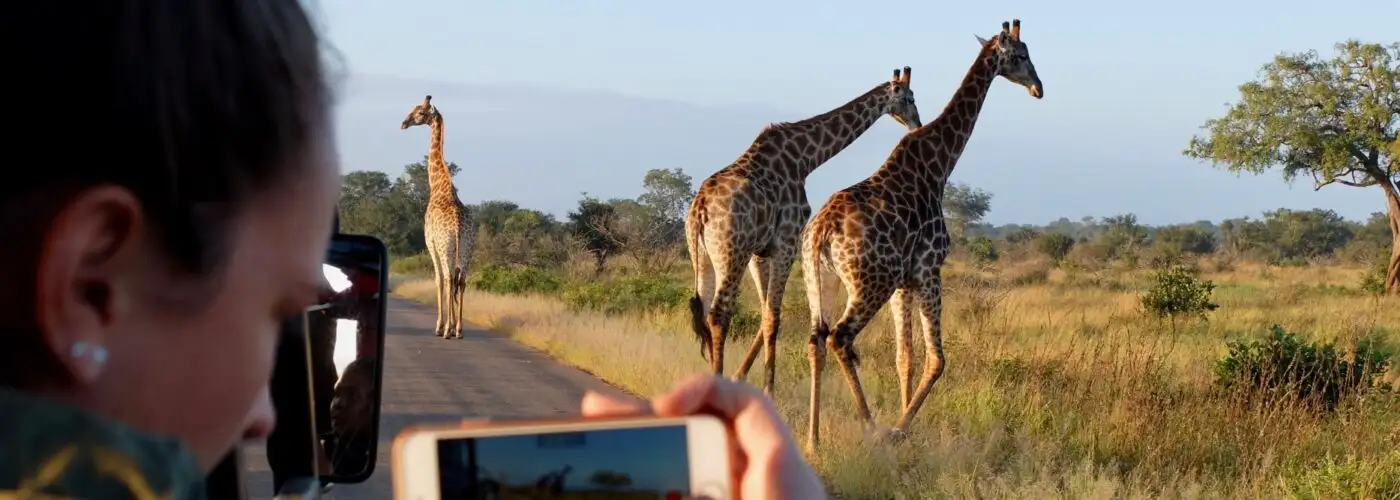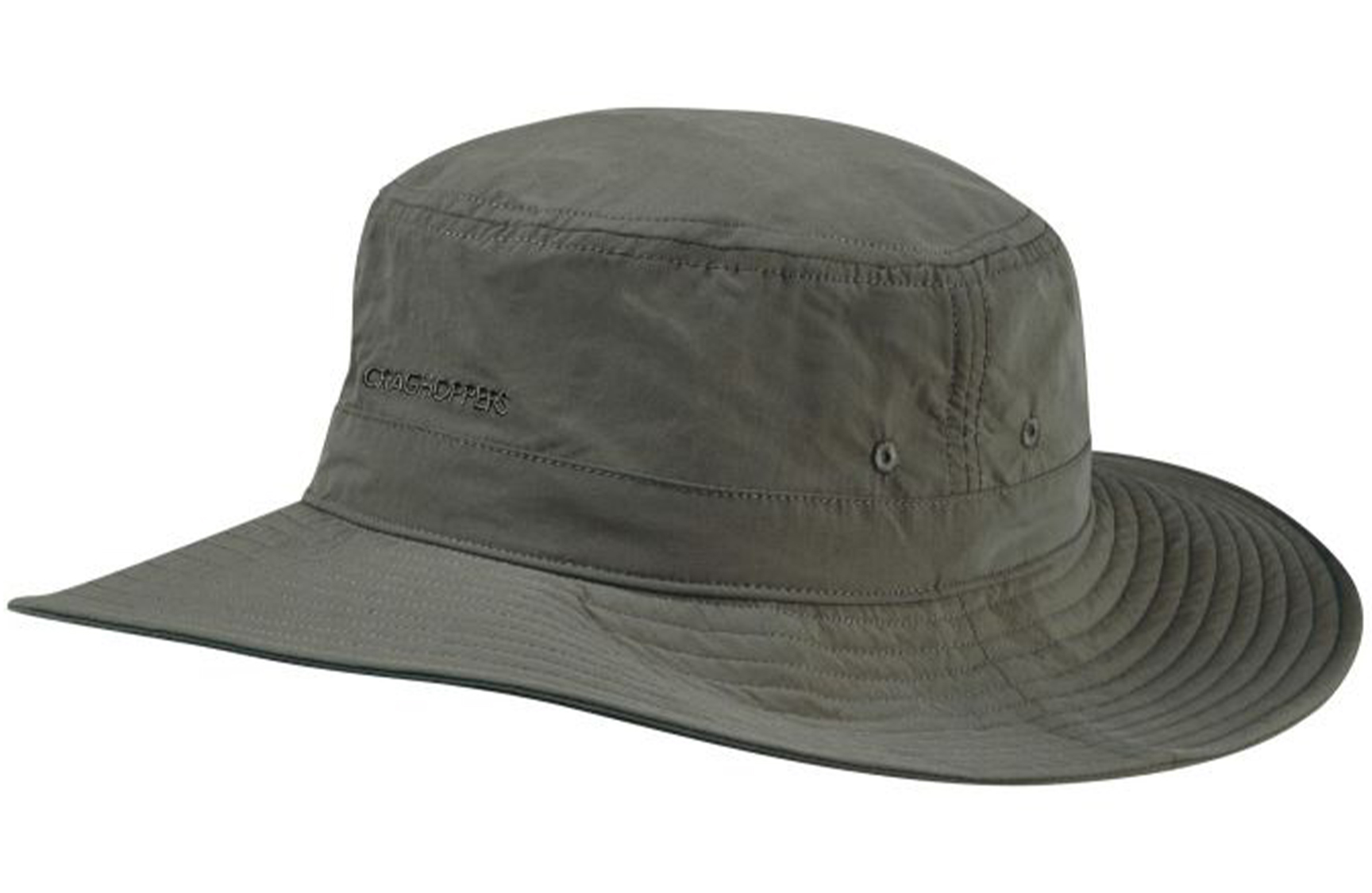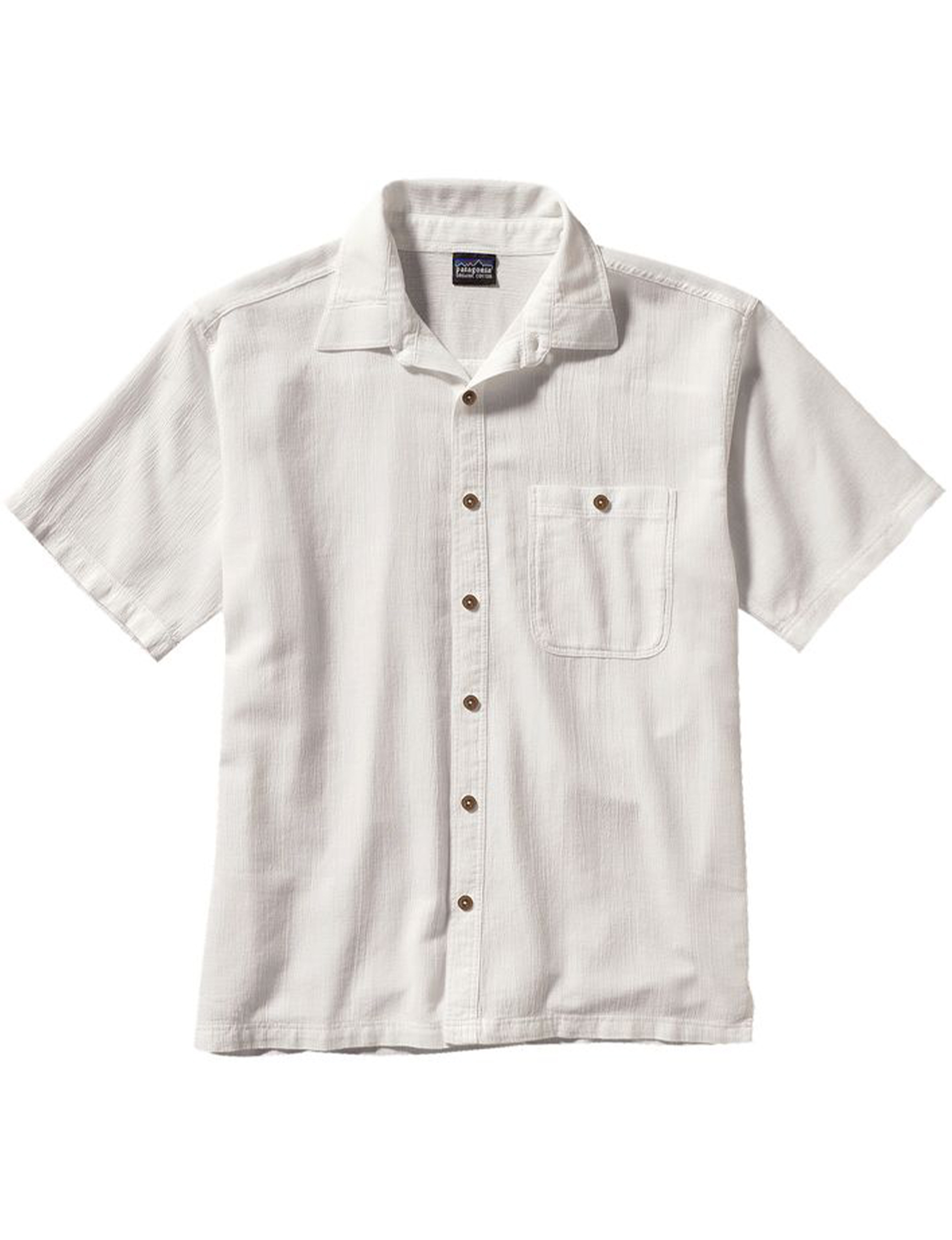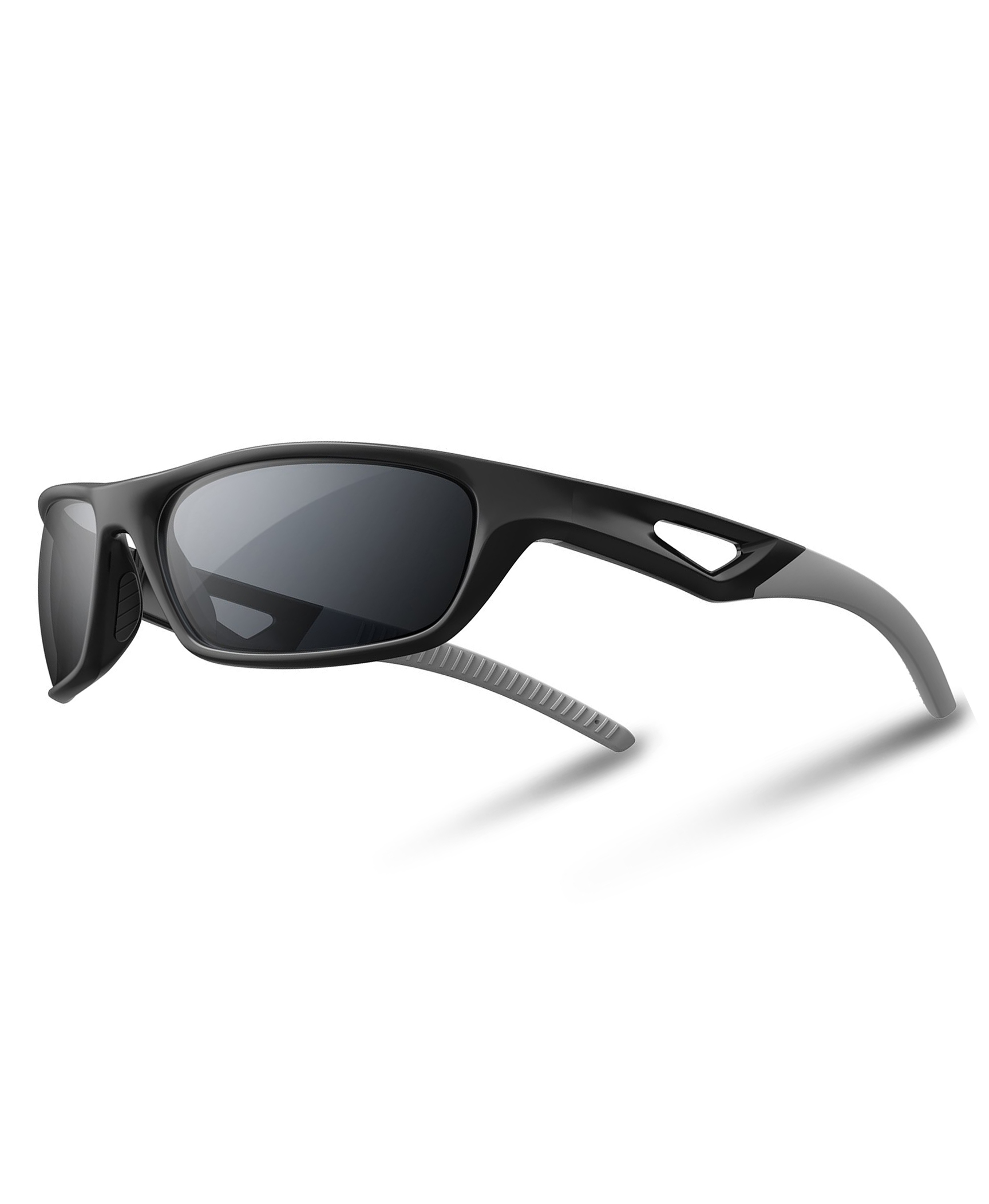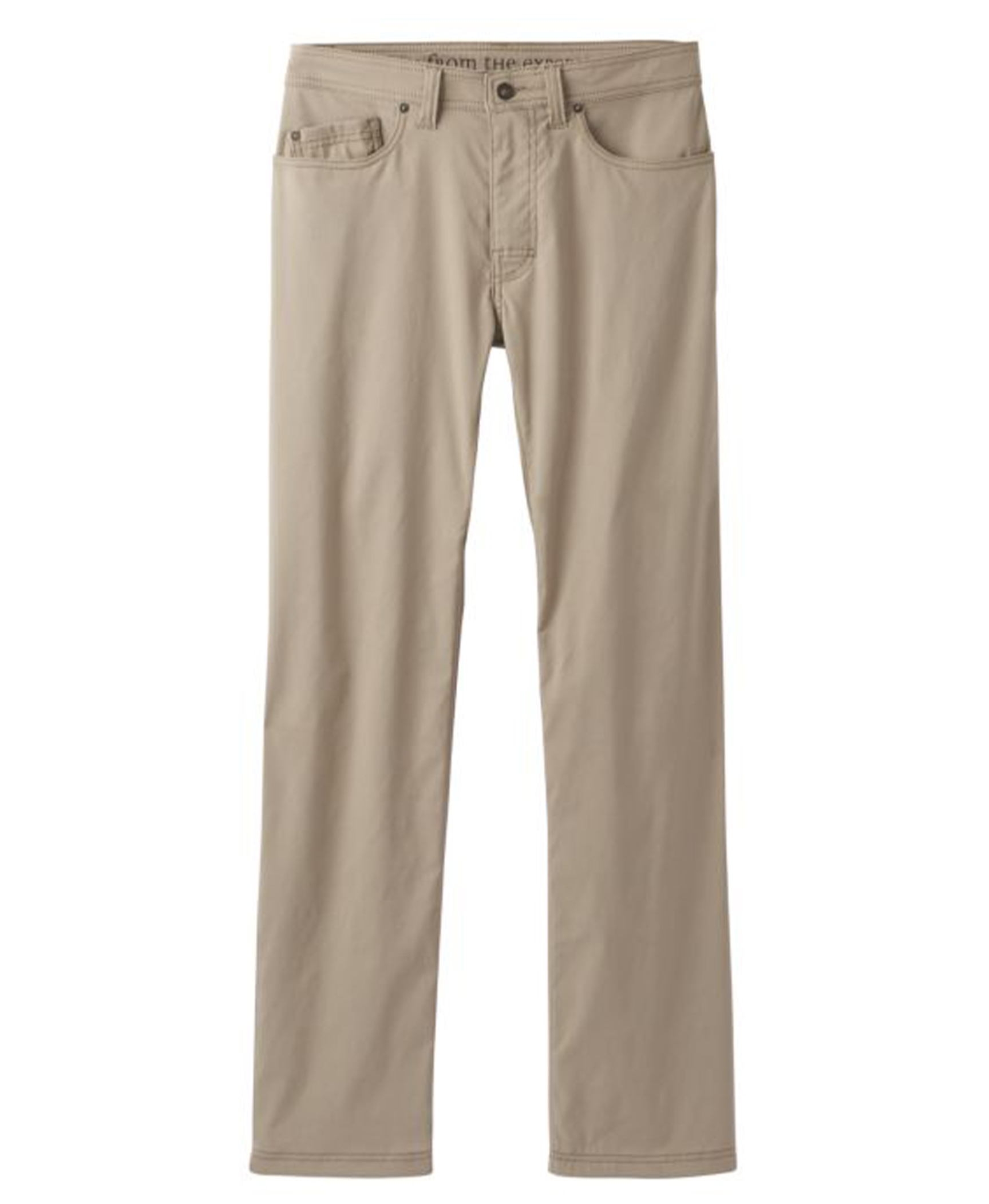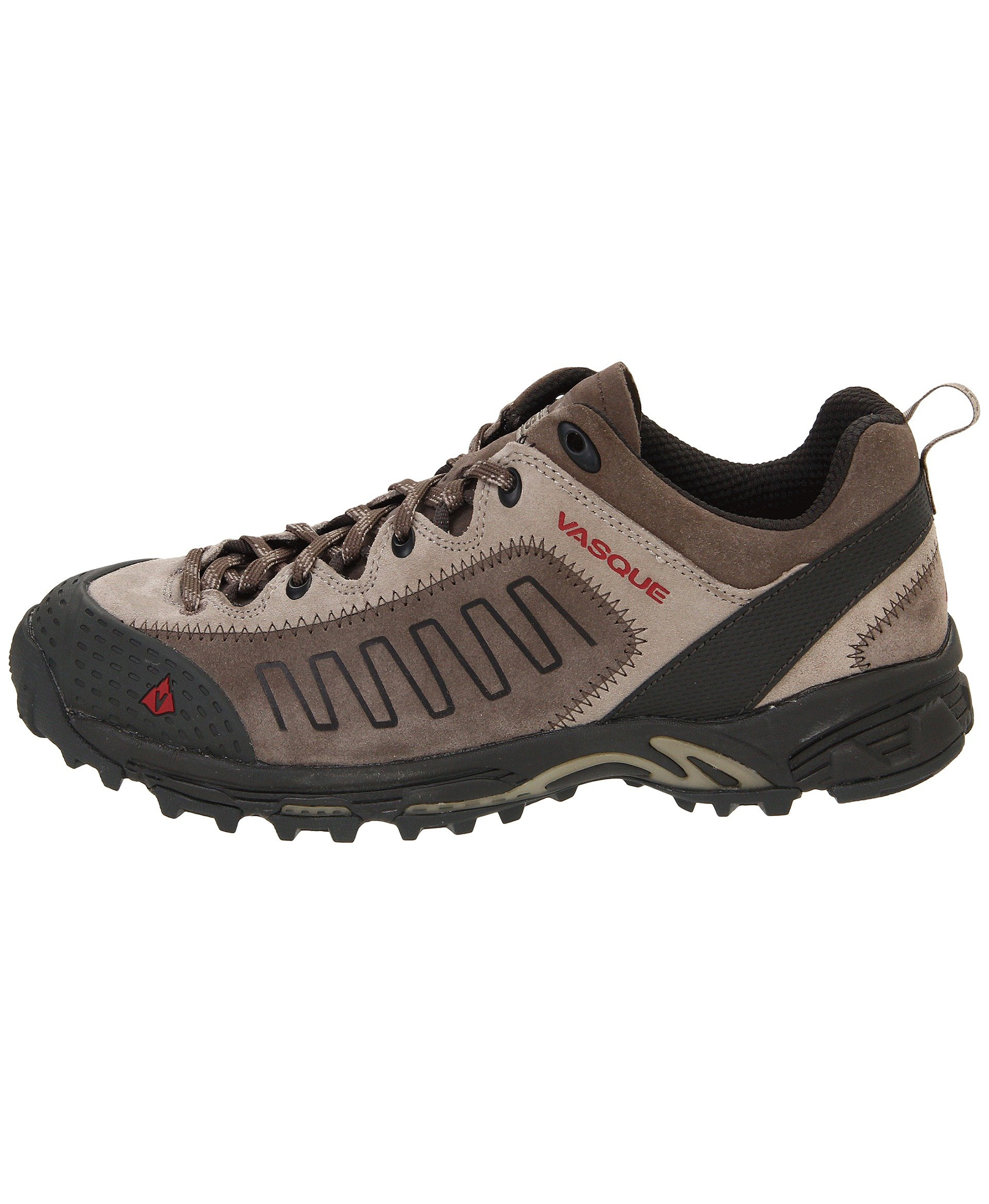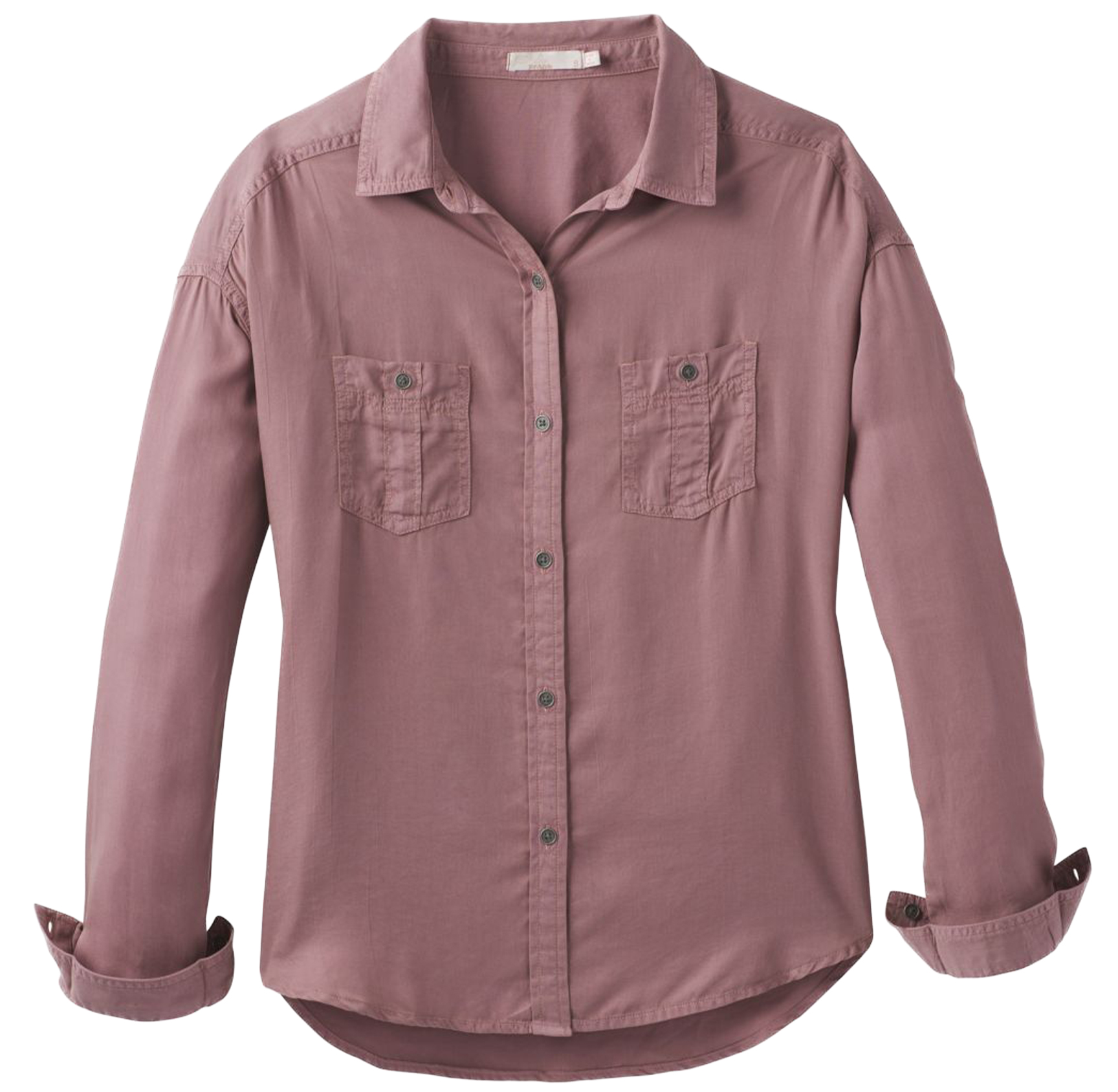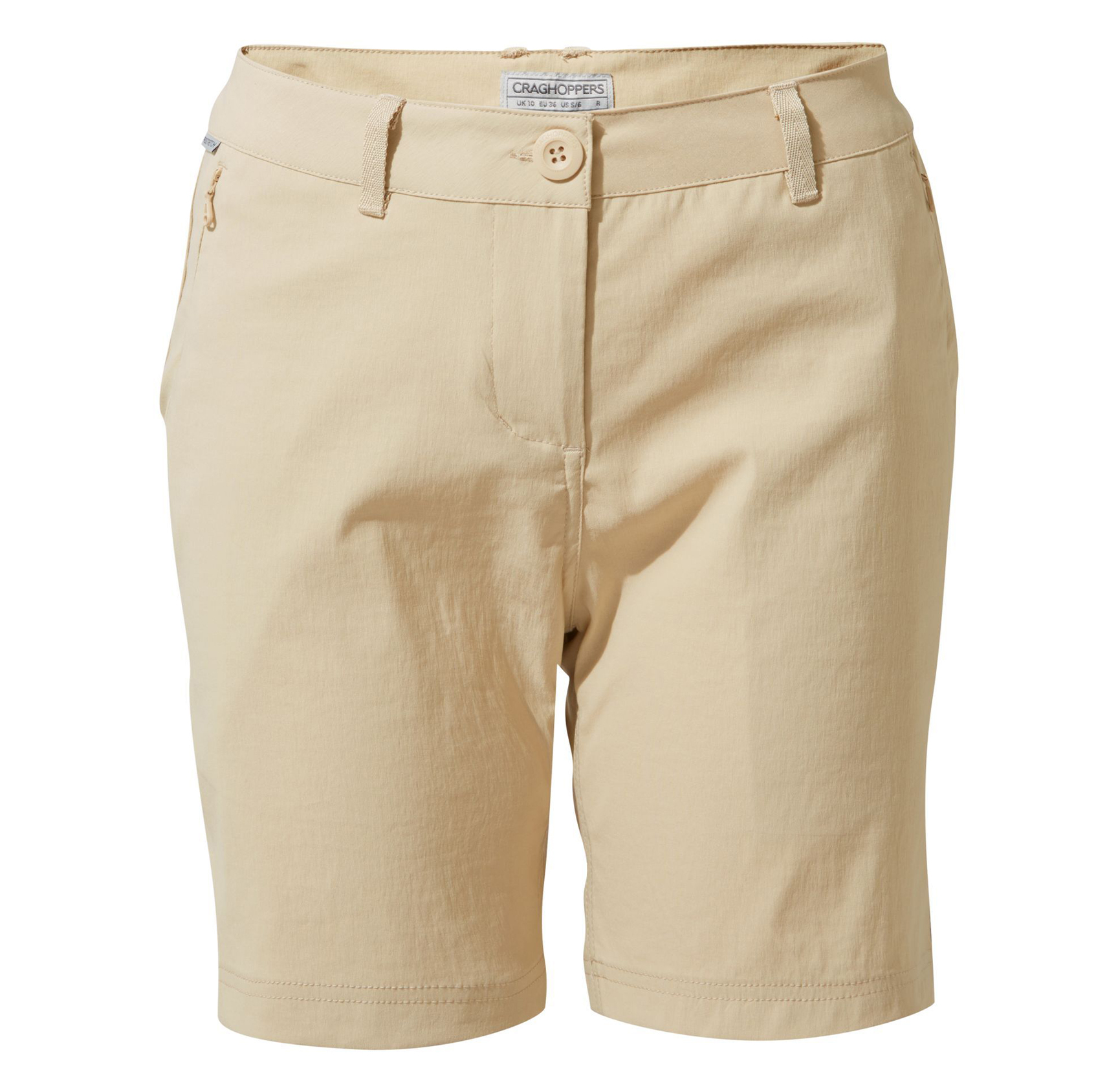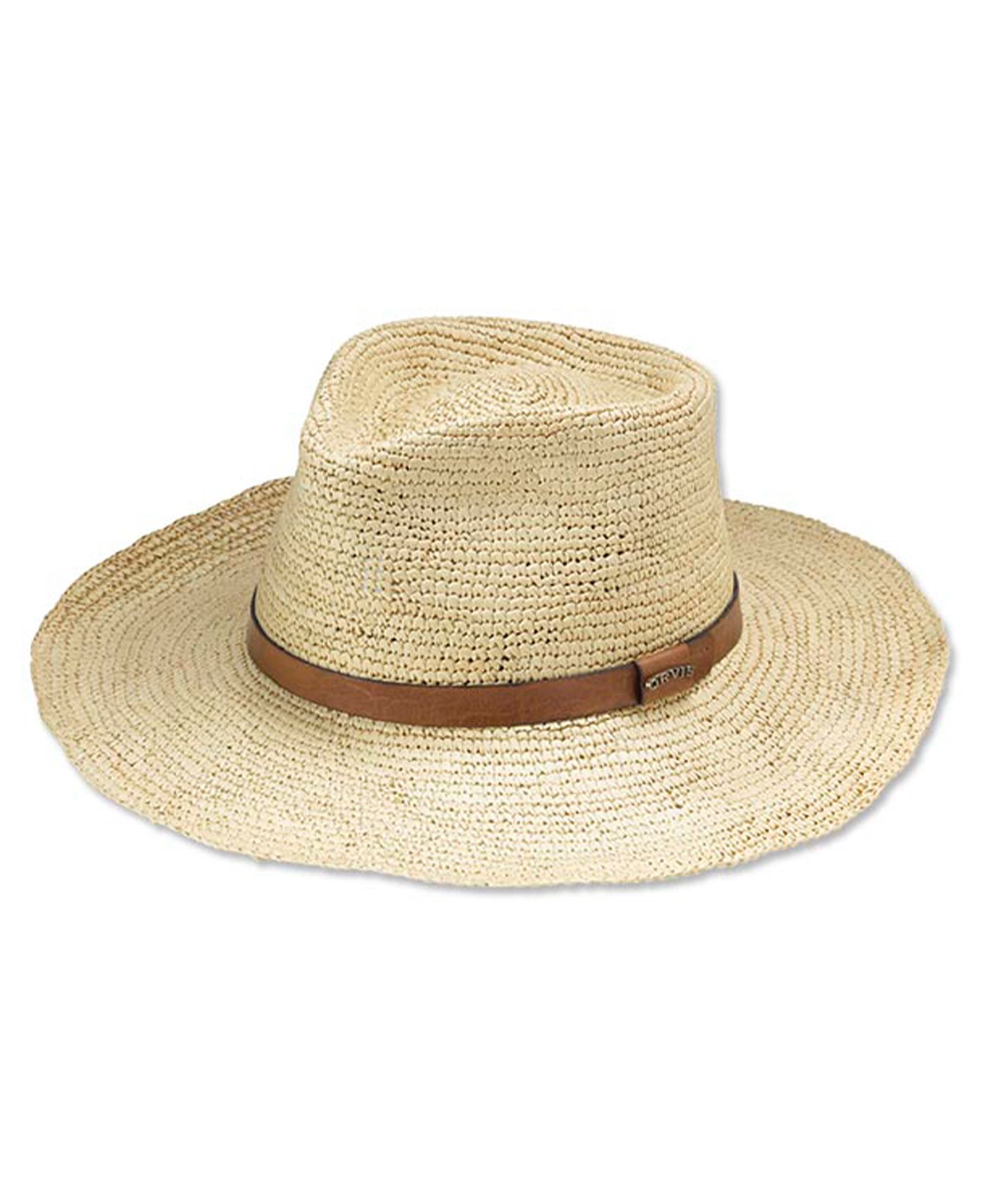Packing for a safari can be challenging based on your destination and time of year that you’re visiting. The three biggest threats to your comfort and health on a safari are the sun, the dirt, and the bugs. In addition to protecting yourself from the elements, you want to make sure you’re prepared to view the incredible wildlife you came to see.
What to Wear on Safari: General Tips
Packing loose layers and accessories that protect you from the sun and biting insects should be your priority. Choose these items carefully, as many safaris require transportation on small planes or vehicles that have strict luggage restrictions (most lodges and hotels have laundry facilities). This is not the terrain for a wheeled suitcase; instead, invest in a duffel or soft-sided bag that can be placed into small compartments. Carry everything that’s valuable in a day pack.
The African bush can be chilly during the mornings and evenings; be sure to bring a windbreaker and long pants. You’ll want to pick your shoes depending on the type of safari you’re taking; while heavy hiking boots are necessary for a walking trip, you’re better off with light hikers and sports sandals if you’ll be spending most of the time in a vehicle (sandals are also great for walking around the camp at night).
The African sun can be brutal. Bring a pair of polarizing sunglasses that can protect your eyes. During the day, you’ll want a hat that covers not only your face, but also your ears and neck. Look for one that has a cord so it won’t fly off as your Jeep sprints across the savannah. Those roads can get bumpy, so women might want to pack a sports bra.
A small flashlight or headlamp can also assist after hours, as many lodges and camps run on generators. And finally, you’ll kick yourself if you don’t bring a pair of good, mid-size binoculars. Look for ones that are sturdy enough to survive getting dropped.
So common back home, batteries can be a priceless commodity if you run out of them in the bush. Pack some extras—and buy an extra memory card card while you’re at it. You don’t want to run out of space right when you’re ready to take that close-up of a lion. Also, make sure you do your research on what types of adapters you’ll need as this varies widely throughout the continent.
A small first-aid kit full of bandages, hand sanitizer, and medications, both over-the-counter and prescription, may be your best friend. Consider including ibuprofen, Dramamine and Imodium; ask a doctor if he or she will prescribe you some Cipro (for intense stomach problems) and/or Ambien (for sleeping on the plane). Pack an extra travel toothbrush in case you forget and use tap water. And it goes without saying that insect repellent and malaria medication should be on your list (ask your outfitter if mosquito netting is provided).
What Items to Pack for a Safari
See below for a list of specific products our travel editors have taken on their safari trips:
Specialty Accessories and Toiletries
Sun Hat: When layering on the sunblock, it’s easy to forget your head. Skip the scalp burn and remember to wear a hat.
Polarized Sunglasses: The sun in Africa can be very bright and you don’t want to spend your once-in-a-lifetime trip squinting into the distance. Investing in a pair of polarized sunglasses will not only protect your eyes, but will also reduce glare and haze, so you can see better.
Insect Repellent Wipes: If you’re not checking a bag, packing your insect repellent in wipe form is a great way to stock up on this essential item.
Day Pack: While you’re out on game drives, you’ll want to have a back-up of everything, from sunscreen to memory cards for your camera. Always bring a small backpack and keep everything you need close at hand.
Safari Essentials
Telephoto Lens: If you want to come home with amazing close-up shots of wild animals, you’ll need a telephoto lens. These super-zoom lenses will let you keep a safe distance from animals while still nailing the shot.
Binoculars: To get the best view of animals up close on your safari, you’ll want a pair of binoculars. Some lodges may have these on hand, but it’s always smart to bring your own.
Shoes
Hiking Boots: The terrain on these game drives can be unpredictable at times, so bring a sturdy pair of boots.
Sports Sandals: A pair of Tevas is a versatile option as you can wear them on boat tender drives as well as while at the lodge.
Layers
Jacket: A lightweight rain jacket that packs up into itself will provide just enough warmth on chilly mornings and comes in handy in case of sudden downpours.
Convertible Shirt: Something that easily converts, like shirts that go from long sleeve to short sleeve, are a great choice if you’re packing light, as they do double-duty.
SPF T-Shirt: There are many outdoor clothing options that come with a built-in SPF factor, which help keep you safe from dangerous UV rays.
Scarf: Whether it’s as an extra layer for cooler mornings or to protect your face from desert sand and dust, bring a buff or thin scarf.
Bottoms
Lightweight Pants: Pack Craghoppers’ Insect Shield Clara Pants, which have a SolarShield fabric with UPF 40+ protection, as well as a NosiLife treatment, which provides up to 90 percent protection from biting bugs.
Breathable Shorts: For the most part, you’ll be spending your time sitting on leather seats under the sun. Pack shorts that will keep you comfortable and cool, and that are on the longer side to protect you from the burn of hot black leather. The Insect Shield Clara Shorts from Craghoppers offer full coverage, plus built-in insect shield protection.
How to Pack for a Safari: General Tips
Check the time of year and season you’re traveling in. This varies by wet and dry season as well as winter or summer. Patricia Borrageiro, Lodge Manager at Lion Sands Game Reserve, gives the following advice: “Although you may be here during winter or summer, think three climates in a day. So, layers are the key. Afternoons are the hottest so when departing on your safari you will need hats, sunscreen, and a long sleeve or wrap for sun protection and also for when the sun goes down for a little warmth. Winter days are shorter, and morning drives can be very chilly so pack beanies and scarves (we provide blankets and hot water bottles).”
The colors that you wear on safari are almost as important as the actual clothes. Anything white and bright will distract the animals, and black and blue (including jeans) attract flies. Tami Fairweather at ExOfficio, a travel-wear brand, recommends choosing items in neutral shades: “Lighter colors are always better in sun-soaked environments to help cut-down radiant heat.” Stick to olive, green and khaki.
Forget your formal clothes; things are casual out in the bush, even at upscale lodges.
More from SmarterTravel:
- 5 Reasons Why This River-Cruise Safari Is the Best Way to See Southern Africa
- How to Virtually Safari Through South Africa on Google Maps
- At Thanda Safari, Rhino Tracking Is (Literally) a Walk in the Park
Editors’ Note: This article was originally published in 2017. It has been edited and updated with the latest information.
We hand-pick everything we recommend and select items through testing and reviews. Some products are sent to us free of charge with no incentive to offer a favorable review. We offer our unbiased opinions and do not accept compensation to review products. All items are in stock and prices are accurate at the time of publication. If you buy something through our links, we may earn a commission.
Related
Top Fares From Columbus, OH
Today's Top Travel Deals
Brought to you by ShermansTravel
Shop and Save with Country Inns...
Patricia Magaña
 Hotel & Lodging Deals
Hotel & Lodging Deals
$229 -- Chicago: Discounted Rates and...
Francesca Miele
 Hotel & Lodging Deals
$229+
Hotel & Lodging Deals
$229+
$188 -- Honolulu: Save on Oceanview...
Abigail Lamay
 Hotel & Lodging Deals
$188+
Hotel & Lodging Deals
$188+
